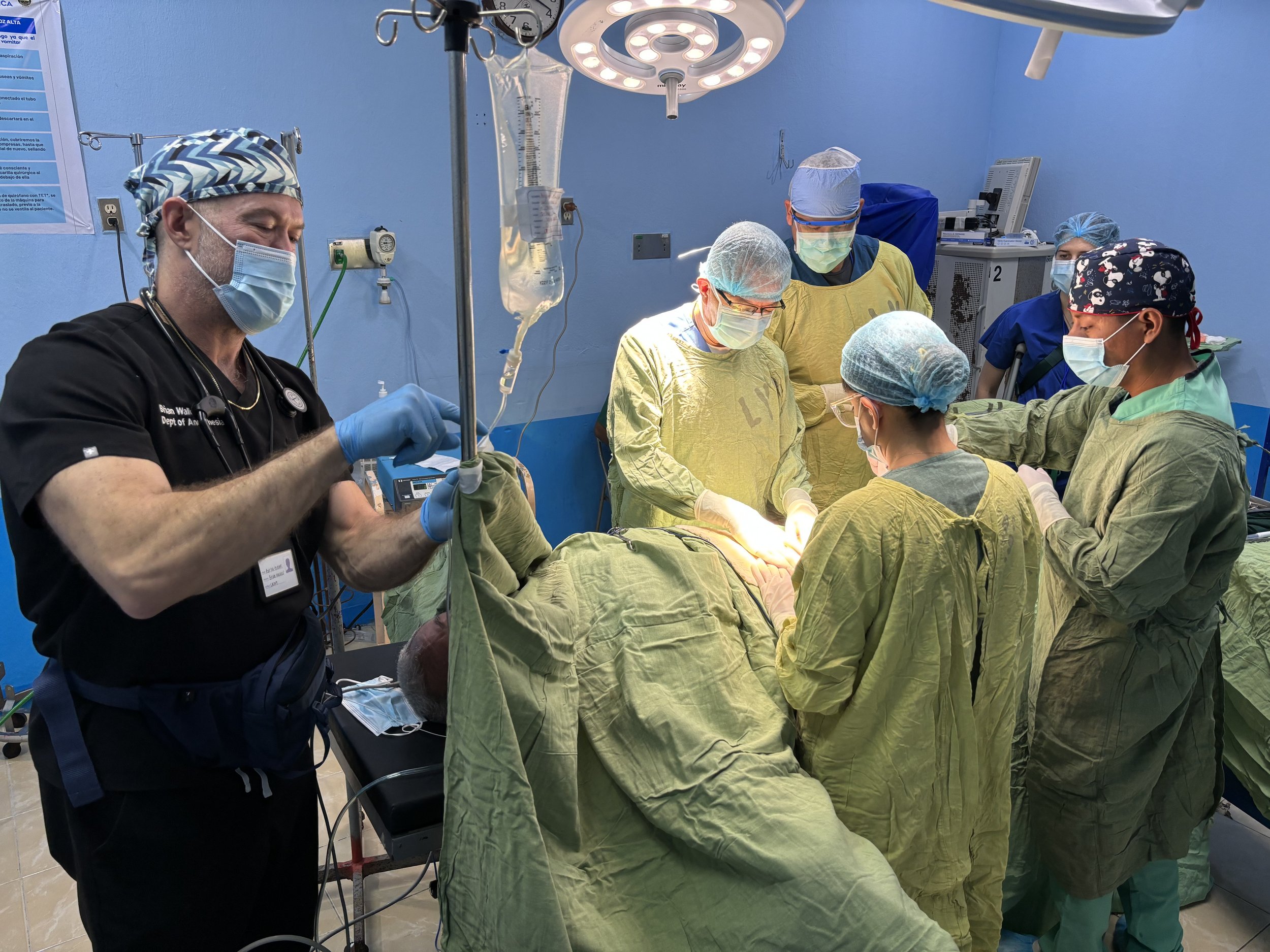
Global Healthcare Assistance to Guatemala
In a country where nearly 60% of the population lives in poverty, the constitutional right to healthcare is a promise waiting to be fulfilled. We've witnessed this reality firsthand in Guatemala's public hospitals, where brilliant, dedicated surgeons possess incredible skill but are limited by a severe lack of resources. Our journey began in 2014, not as outsiders, but as partners. We've worked side-by-side with these local physicians, building relationships founded on mutual respect and a shared goal. Aid Via Action was born from this partnership. We don’t just provide temporary aid; we invest in the foundation of their healthcare system. By providing crucial resources and fostering educational opportunities, we empower local physicians to deliver the high-quality, compassionate surgical care their own communities deserve, creating a lasting and self-sufficient impact.
We operate on a core principle of ethical engagement. Our goal is to provide meaningful support, not to promote global health tourism. Every aspect of our process is designed to honor this commitment.

What We Do
Founded in April 2021, Aid Via Action Inc. (AVA) is dedicated to addressing the medical needs of patients in El Petén, Guatemala. We are a registered 501(c)(3) nonprofit organization, and donors can deduct all contributions under IRC Section 170. Guided by a dedicated board of directors, our sole mission is to eliminate the healthcare disparities imposed by geographic location.
-
-
Manuscripts:
Books:
Moral Ambition by Rutger Bregman
The Most Good You Can Do by Peter Singer
A Path Appears by Nicholas D. Kristof and Sheryl WuDunn
Mountains Beyond Mountains by Tracy Kidder
-
In Guatemala, a nation where a majority of the population lives in poverty, there is a vast gap between the constitutional right to healthcare and the reality of an underfunded system. This challenge is acute in the large, rural department of El Petén, where the main referral hospital operates with dedicated, highly skilled surgeons who are limited by a critical lack of modern medical technology and resources.
Our journey began there in 2014, building a decade of trust and collaboration with the local medical team. From this deep-rooted partnership, Aid Via Action (AVA) was founded. We are a non-profit dedicated to closing the healthcare gap through a three-pronged mission: providing immediate, essential surgical care; strengthening the local healthcare infrastructure for long-term self-sufficiency; and fostering medical education. We believe the most effective way to create lasting change is to empower local experts with the tools they need to save lives in their own communities.
-
As of June 2025:
Inguinal Hernia - 58
Umbilical Hernia - 11
Ventral Hernia - 3
Laparoscopic Cholecystectomy - 50
Open Cholecystectomy - 29
Lipoma - 9
Urology - 22
Other - 6
-
Residents
Johnathan Imaran, MD and Tarik Madni, MD | June 2016
Courtney Polley, MD | April 2023
Juan Favela, MD and Madison Argo, MD | Nov 2023
Medical Students
Juan Herrejon | 2016
Corey Timmerman | 2017
Arifa Plummer | 2018
Maria Ruiz | 2019
Gabriela Alejo | 2020
Heather Lanier | 2021
Miranda Flores and Tanya Reyna | 2023
Bing Yi | 2023
Nellie Fischer | 2025



















